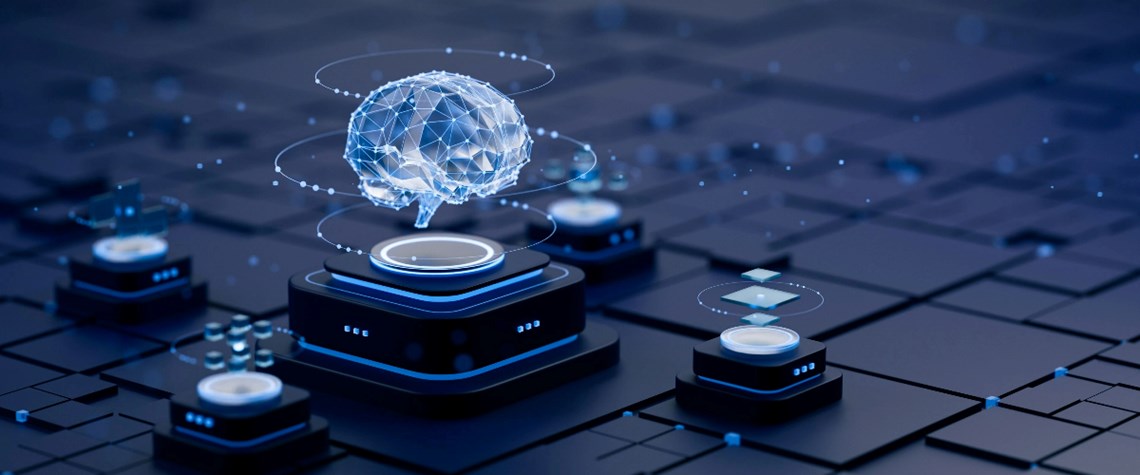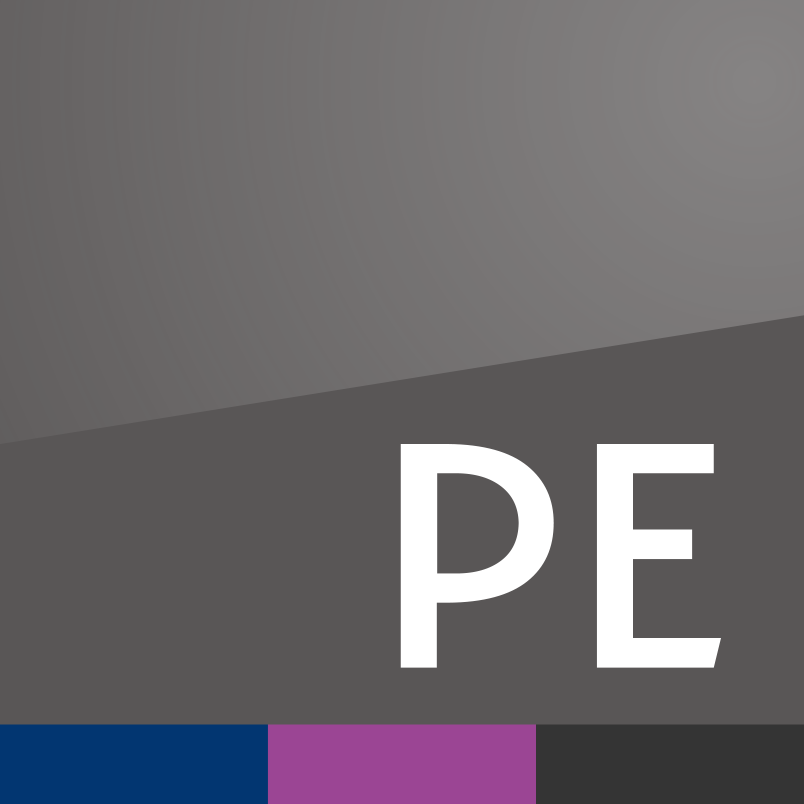Following the release of Open AI’s Chat GPT-4 earlier this year, AI and its applications in business have become increasingly discussed.
AI is bringing about a second digital revolution in a number of sectors, from architecture to engineering. Thanks to its pioneering use by firms such as telecommunications company Huawei, the technology is starting to have an impact in the oil and gas sector as well.
Huawei believes the power of the technology to process and analyse large amounts of information can reduce decision-making risks and improve efficiency in a number of different parts of the sector.
The firm has been using AI chiefly in three parts of the industry: oil and gas exploration and development, pipeline management and the development of retail petrol stations.
Exploration and development
Huawei has helped Chinese oil and gas firm CNPC build a cognitive computing platform called E8, which integrates AI and pre-training development models into the oil and gas exploration field.
The platform is capable of data processing, feature analysis, natural language processing and knowledge graph construction. It provides users with features such as an intelligent Q&A function, text generation and knowledge searching tools.
It has been used by CNPC for—among other things—seismic data processing and interpretation, the identification of subsurface oil and gas layers, the development of petroleum reservoirs, and the evaluation of pumping wells. CNPC has 1,000 personnel using the platform, with 357 AI projects established.
In its Daqing oilfield CNPC used machine learning to analyse data from wells and service shafts, with the goal of improving its prediction of crude oil output. The prediction model accuracy reached 90.74%—ten times higher than that achieved with traditional methods.
CNPC has also used the platform to identify oil and gas layers in the Changqing Jiyuan Oilfield, achieving a 94% accuracy level.
Another project underway will see Huawei train large simulation samples to interpret geophysical da-a with AI technologies, helping experts improve earthquake impact evaluation. Huawei's AI-based seismic interpretation reduces the time required for interpreting seismic layers and faults from months to a few hours. It also helps distribute the expertise of scientists in underground oil and gas reservoir research and oilfield production.
Other upcoming projects in the upstream include neural network visualisation models and the development of an AI open community for CNPC.
The firm will continue to use the platform to improve its petroleum exploration and development, refining and chemical divisions, hydrocarbon sales and oilfield technical services, as well as to provide technical support to fields such as engineering, construction, equipment manufacturing and shared operation services.
Pipeline risk management
Oil and gas pipelines can be vulnerable to damage and theft, and difficult terrain and obstacles can make traditional manual inspection methods challenging.
An increasing number of pipelines are constructed in remote regions affected by harsh environmental conditions such as extreme temperature and soil texture changes. China’s Shandong Jihua Gas, which supplies gas to residential and industrial users, has more than 3,000km of gas pipelines at dif-ferent levels of depth, many of which are vulnerable to these disturbances.
To help address this problem, the firm worked with Huawei to build an intelligent management platform to monitor and flag pipeline damage. The linear nature of pipelines means that distributed fibre optic sensing techniques can offer operators the ability to precisely detect and locate pipeline disturbances.
In its first phase, the project monitored the signals on a 20km test pipeline, building signal models from the activities of different excavators, tamping rammers, trenchers and manual tools. These signals were collected from Huawei’s OptiXsense EF3000 distributed fibre network via a sending algorithm engine.
The system collects vibration signals from pipelines in real time and uses AI algorithms to analyse and identify the different types of pipeline intrusion events in real time. For each vibration occurrence point, the platform extracts frequency, space, sequence and duration from 32 pieces of information.
The system has an event identification accuracy of 95% according to the tests, saving on inspection manpower and reducing false alarms.
Another important use case for fibre networks is perimeter monitoring. Firms need to ensure the security of valve chambers and compressor stations along their oil and gas pipelines.
Fibre networks, combined with physical patrols as well as video and drone-based surveillance, can significantly increase the inspection efficiency and perimeter security of these environments.
Petrol stations
Although nations are starting to transition to a future without oil and gas, this will not happen for some time. The earliest petrol and diesel bans will come in in 2030 in the UK and from 2035 in the EU and California.
Hydrocarbon retail has a future in the near term, and retailers want to make sure it is a profitable and safe one. These retailers traditionally rely on manual processes to identify hazard risks and evaluate station entry, refuelling and repeat customer rates at retail petrol stations.
To improve these processes, Huawei has integrated computing, storage, network, security and AI systems to create its Smart Gas Station Solution.
The solution integrates isolated subsystems such as fuel dispensers, liquid level meters, payment platforms, work orders and video monitoring into a single comprehensive display platform. This allows for real-time analysis of oil tank inventories, fuel dispensers, oil and gas concentrations and gas leakages. It can also be used to identify high-risk behaviours such as smoking and the use of mobile phones.
The data is used to support service management and decision-making, and provide early warning of security risks.
The solution can also log and monitor all stages of the station refill process, including vehicle introduction, security checks, pre-unloading confirmation, unloading, oil acceptance and post-unloading processing. If a security risk occurs, the intelligent system reports the risk and alerts the manager on their mobile phone.
The solution also has the capability to guide vehicles, identify oil product types, automatically charge fees and provide invoices, allowing consumers to refuel without getting out of their vehicles. This can reduce average refuelling time from six to two minutes, greatly improving the user experience and operating efficiency of gas stations.
Furthermore, the system is capable of analysing traffic flow, arrival rate, turn-back rate, pass rate, storing customer statistics and product analysis, and subsequently generating business analysis reports.
Service rollout can also be improved by importing models developed for other petrol stations and replicating them.
Further capabilities
Intelligentisation is well underway in the oil and gas sector. Firms are already building physical and virtual resource pools that are centrally managed and optimised. They are using large-scale physical computing resources to develop environments for intelligent data processing and analysis applica-tions.
Further integration of cloud and AI-based technologies can build on these systems to create even greater efficiencies.
Huawei provides end-to-end solutions that enable this. These include computing, storage, network infrastructure as a service and a unified cloud service that integrates data and AI platforms.
These platforms enable firms to integrate oil and gas services with technologies such as big data and cognitive computing, enabling them to build an intelligent application environment throughout the whole value chain.
In addition, through cloud-edge-device synergy, Huawei trains and delivers algorithms on the cloud to execute computing and intelligent diagnosis on the device side and edge side, greatly improving response speed and efficiency.
Huawei believes technology such as high-performance computing, cloud and AI will play an important role in improving the efficiency of the sector in the future, as well as improving energy consumption efficiency through data-collision and algorithm training.
To learn more about Huawei's oil and gas solutions, please visit this link.











Comments